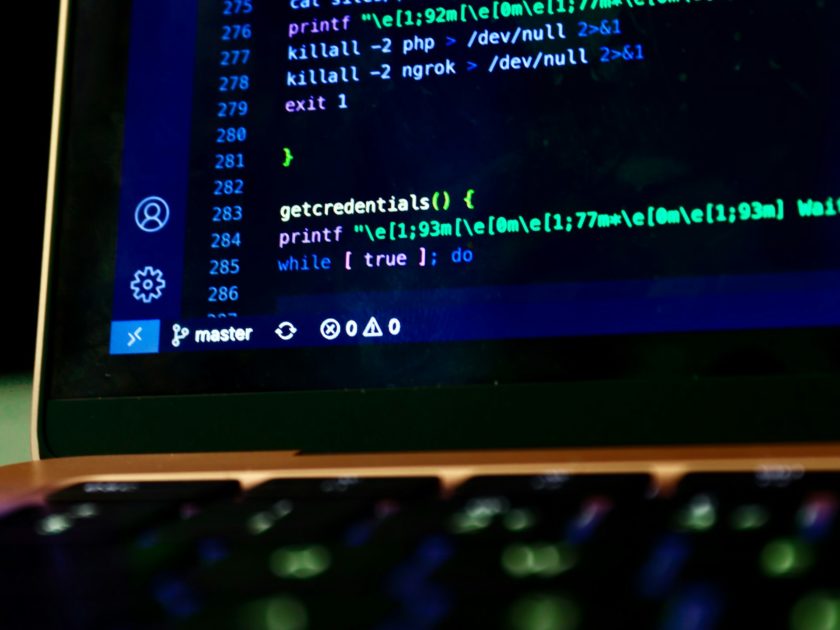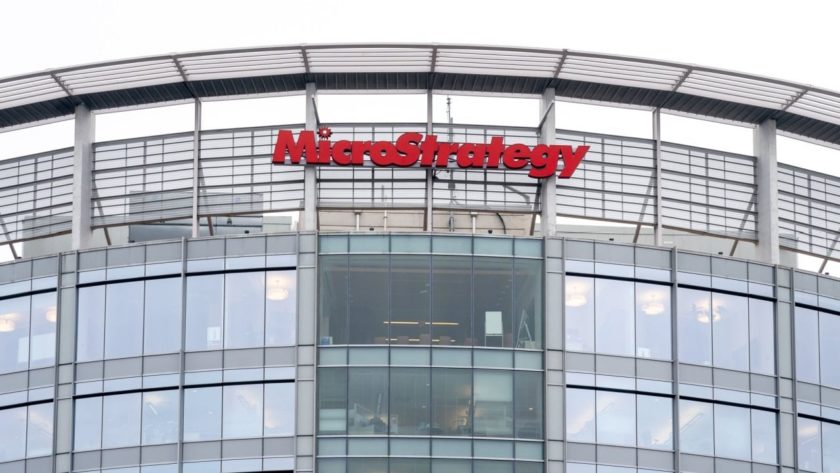MakerDAO’s DAI stablecoin is the latest crypto unicorn with a $1 billion market cap. DeFi’s total value locked hit a lifetime high. Hedge fund billionaire Ray Dalio said yesterday he isn’t keen on bitcoin; a few hours later, the cryptocurrency hit a three-year high.
Top shelf
Cannot dai
Dai (DAI), MakerDAO’s dollar-pegged algorithmic stablecoin, reached a $1 billion market capitalization on Wednesday. While there are only 993 million DAI in circulation, its skewed peg of $1.01 has brought it above the milestone metric. “[I]t works, is here to stay, and is the honey badger of Ethereum,” Compound’s Robert Leshner said. About a third of all dai is in the DAI Savings Rate (DSR) smart contract, with most of the remainder (over 620 million,) locked in its ERC-20 smart contract, CoinDesk’s Brady Dale reports. The move comes as the DeFi ecosystem in aggregate passed a new lifetime high of $13.62 billion.
Forfeited funds
Chainalysis, in conjunction with confiscated asset consultancy Asset Reality, unveiled a program for storing and selling forfeited crypto. Announced Thursday, the program is targeted towards government clients, many of which rely on Chainalysis’ blockchain sleuthing technology to trace illicit funds. While no clients have been announced, in April, the U.S. Marshals Service, which runs semi-regular forfeiture auctions, said it was looking for a private-sector partner to help it manage and dispose of forfeited cryptocurrency.
Dalio’s dictates
Founder of the world’s largest hedge fund Ray Dalio said governments will seek to “outlaw” bitcoin if it becomes “material.” Plodding well-worn territory, Dalio said bitcoin may not even get there due to its volatility and lack of commercial appeal. “I today can’t take my bitcoin yet and buy things easily with it,” he said. Still, governments may “use whatever teeth they have” to break bitcoin’s back, if it becomes necessary, he said.
Staking play
Crypto trading firm DARMA Capital unveiled a service to provide Eth 2.0 stakers with liquidity through USDC stablecoin loans. Called, perhaps unimaginatively, LiquidStake, the service will allow users to continue earning interest provided by the Eth 2.0 experiment (which will not allow stakers to recall their assets once pledged) while also using this stake as collateral on a cash-equivalent loan. While other loan providers are testing similar services, DARMA’s has received the backing of the Ethereum establishment, including involvement from ConsenSys, Bison Trails, Figment, OpenLaw and Filecoin. In other Ethereum news, Tel Aviv-based Kirobo revealed a way to reverse erroneous ether transactions.
$7.6B stolen
Since 2011, $7.6 billion worth of cryptocurrencies have been stolen through hacks or scams, according to a new Crystal Blockchain report. Approximately $2.8 billion was stolen through 113 security breaches, with a concentration of hacks taking place in the U.S., Japan, U.K., China and South Korea. Another $4.8 billion was stolen through scams, with Crystal Blockchain identifying 23 prominent fraud schemes. Noting the the number of hacks and scams seems to be holding steady, malicious actors are growing more sophisticated. Proper insurance, reserve balances, in-house security teams and blockchain analytics software are all recommended remedies.
Quick bites
- Bitcoin hashrate rebounded 30% Wednesday from quarterly lows as Asian miners brought machines back online. (CoinDesk)
- Russia’s Ministry of Finance has proposed changes to the country’s coming crypto laws that could soften tax reporting requirements. (CoinDesk)
- Some U.S. legislators tore into the Office of the Comptroller of the Currency, and its acting head Brian Brooks, for its “excessive focus” on crypto during a pandemic, in an open letter. (CoinDesk)
- “Slippery slope” as new bitcoin mining pool censors transactions. (Cointelegraph)
- Dash still can’t shake its “privacy coin” associations. (Decrypt)
Market intel
Crossing $16K
Bitcoin kissed three-year highs above $16,000 earlier today. At around 10 UTC (5 a.m. ET) the cryptocurrency clocked $16,157, a price point last seen on Jan. 6, 2018, before trending down to the high $15,000s. Bitcoin is now up 123% on a year-to-date basis and has gained nearly 50% so far this quarter. Investors still predict a consolidation between $14,000 to $16,000 before any potential retest of all-time highs of $20,000. “The interest so far in 2020 has been primarily from institutions and we could see more retail participation when bitcoin breaks its previous all-time highs of $20,000,” Kyle Davies, co-founder of Three Arrows Capital, said.
Bitcoin in profit
Bitcoin’s rally has had another effect beyond market exuberance and wild-eyed predictions: Nearly all unspent transaction outputs (UTXOs) are in profit. According to Coin Metrics, 98% of UTXOs are worth more today than the time of creation, a level last seen in December 2017. UTXOs are the value left over after a bitcoin transaction, similar to receiving change after paying cash. So what does it mean for bitcoin’s price? Well, Coin Metric analysts said traders might be encouraged to sell and take their profits, or continue holding, given there’s “ a low risk of capitulation.”
At stake
Bitcoin in Venezuela
Venezuela continues to dominate peer-to-peer crypto activity. According to data reviewed by CoinDesk research analyst Duy Nguyen, in GDP-adjusted terms, the South American nation’s P2P bitcoin market is at least twice as high as the next-largest market, Nigeria.
Activity on prominent P2P crypto exchanges LocalBitcoins and Paxful peaked in the first half of 2019, but has since hovered around $20 million. Experts point to a range of factors to explain the successful test case of Venezuelan crypto use: including the nation’s riotous inflation, capital controls and remittance markets, U.S.-led sanctions and the Maduro regime’s experiment with a crypto-backed petro dollar.
The International Monetary Fund measured Venezuelan hyperinflation at 65,374% in 2018, leagues above any other economy. (Zimbabwe, for instance, is projected to run hot at 319% in 2020, though government bans mean P2P BTC trading is near-zero.) Among the 10 economies that have experienced the highest rates of annual inflation since 2017, only Venezuela, Argentina and Iran have shown significant peer-to-peer bitcoin market activity, Nguyen reports.
While macro-level indicators do much to explain a “deflationary” currency like bitcoin’s appeal, significant on the ground factors are at play. Gabriel Jiménez, a Venezuelan blockchain entrepreneur who led the development of the petro, said Venezuelan businesses often use bitcoin as a medium to obtain foreign currencies like the dollar.
“People living in Venezuela are living under a very unstable and predatory government. They suffer from extreme inflation and general economic instability. And here’s a censorship-resistant, inflation-proof asset, so it’s very attractive to people who are looking for a way to maintain value,” Andrea O’Sullivan, director of tech and innovation at James Madison Institute, told Nguyen.
Who won #CryptoTwitter?





